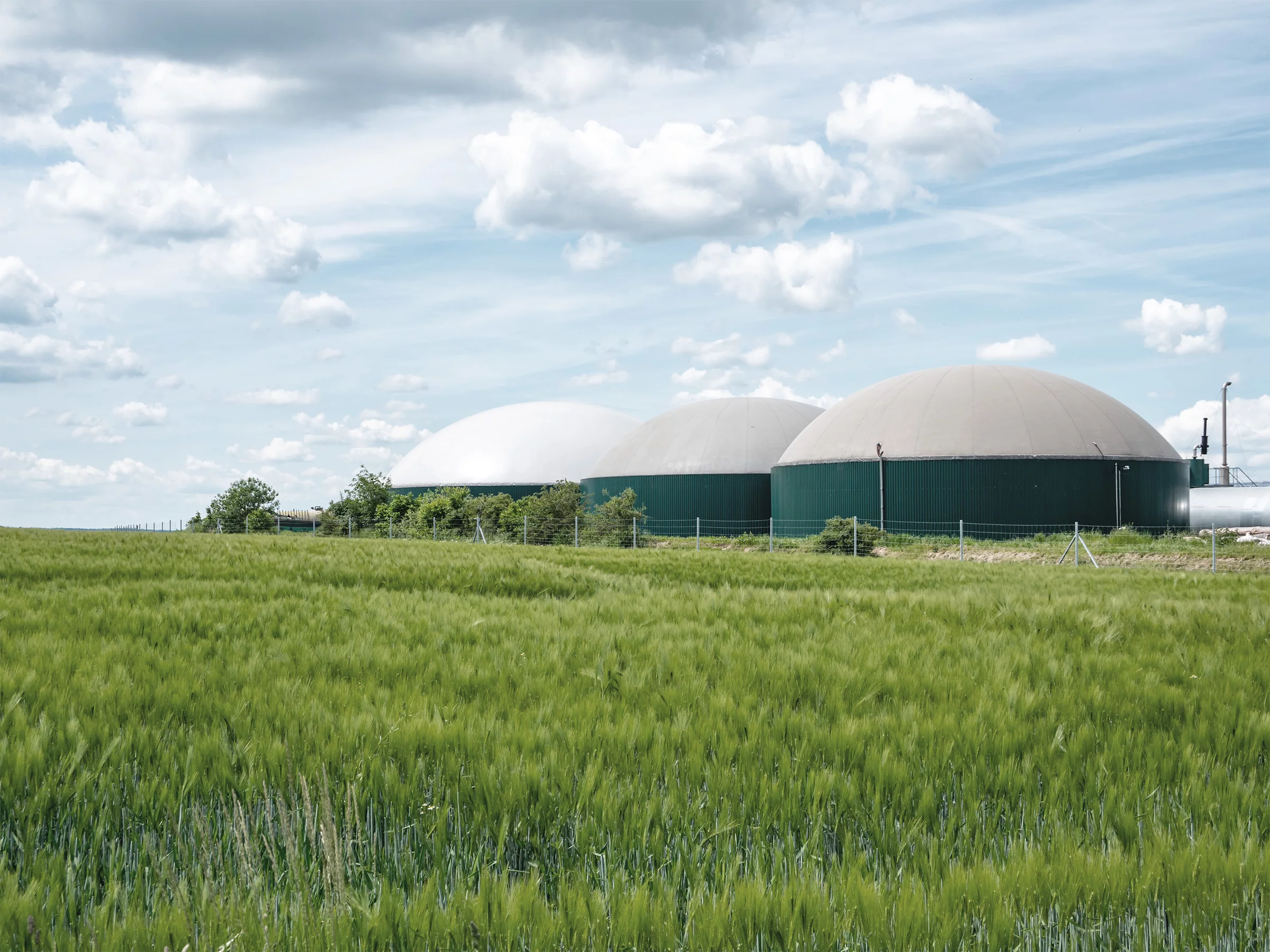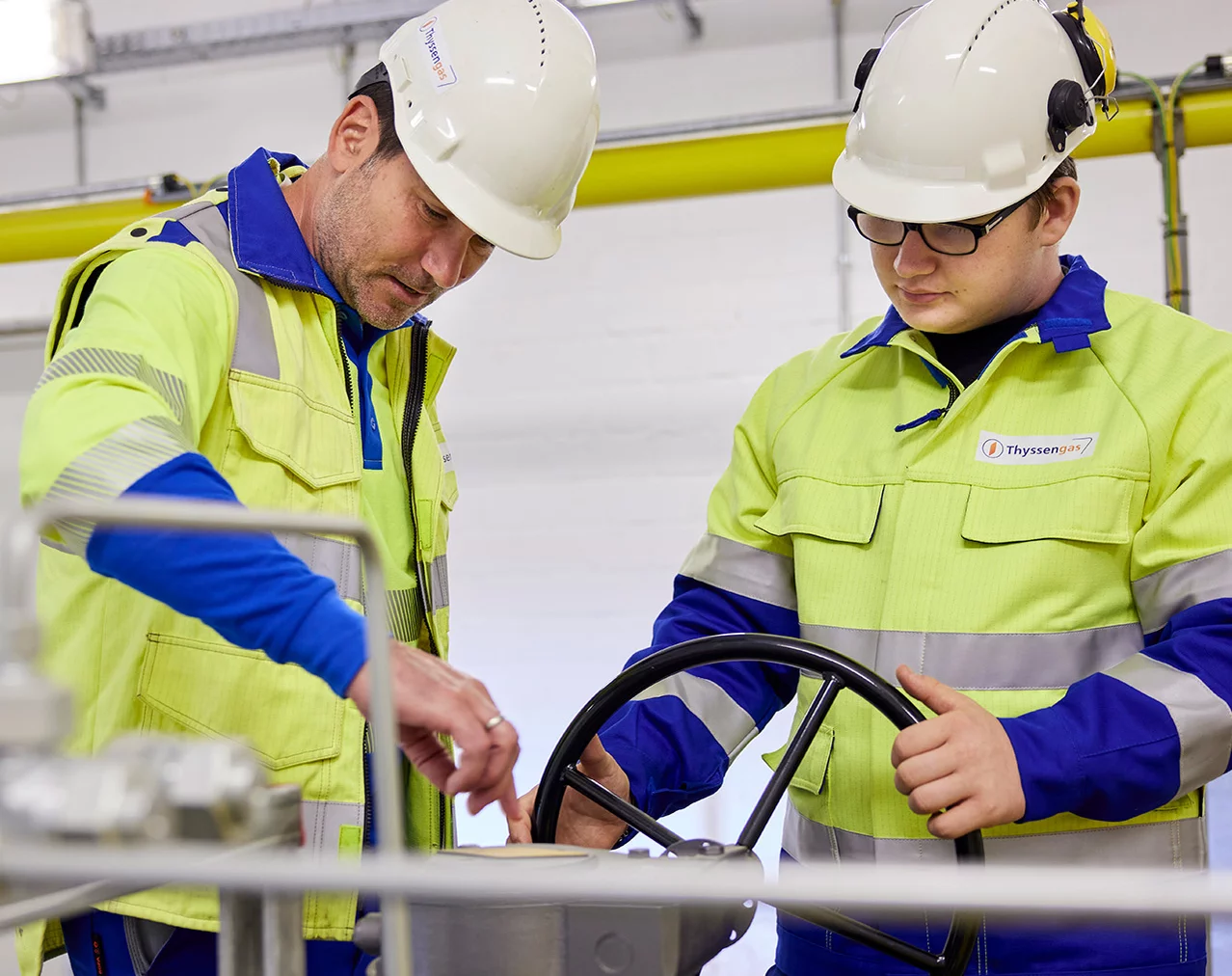
Biogas
The key to a sustainable energy supply
Biogas can make a valuable contribution to climate protection because, unlike fossil fuels, its combustion is climate-neutral. Processed as biomethane, it can easily be fed into our gas grid. This makes the transport of biomethane - alongside hydrogen - an important building block on our path to a climate-neutral future.
Production and feed-in
Biogas can be obtained from a variety of sources. It is produced through the natural decomposition of organic material in the absence of air. Processed as biomethane, it can easily be fed into our gas network.This makes it a climate-friendly energy source that contributes to a sustainable energy supply.
Biogas map
To make it easier for you to enter the biomethane market, you will find current assessments of our individual network sections for biomethane feed-in in our biogas network map.
To the biogas map
